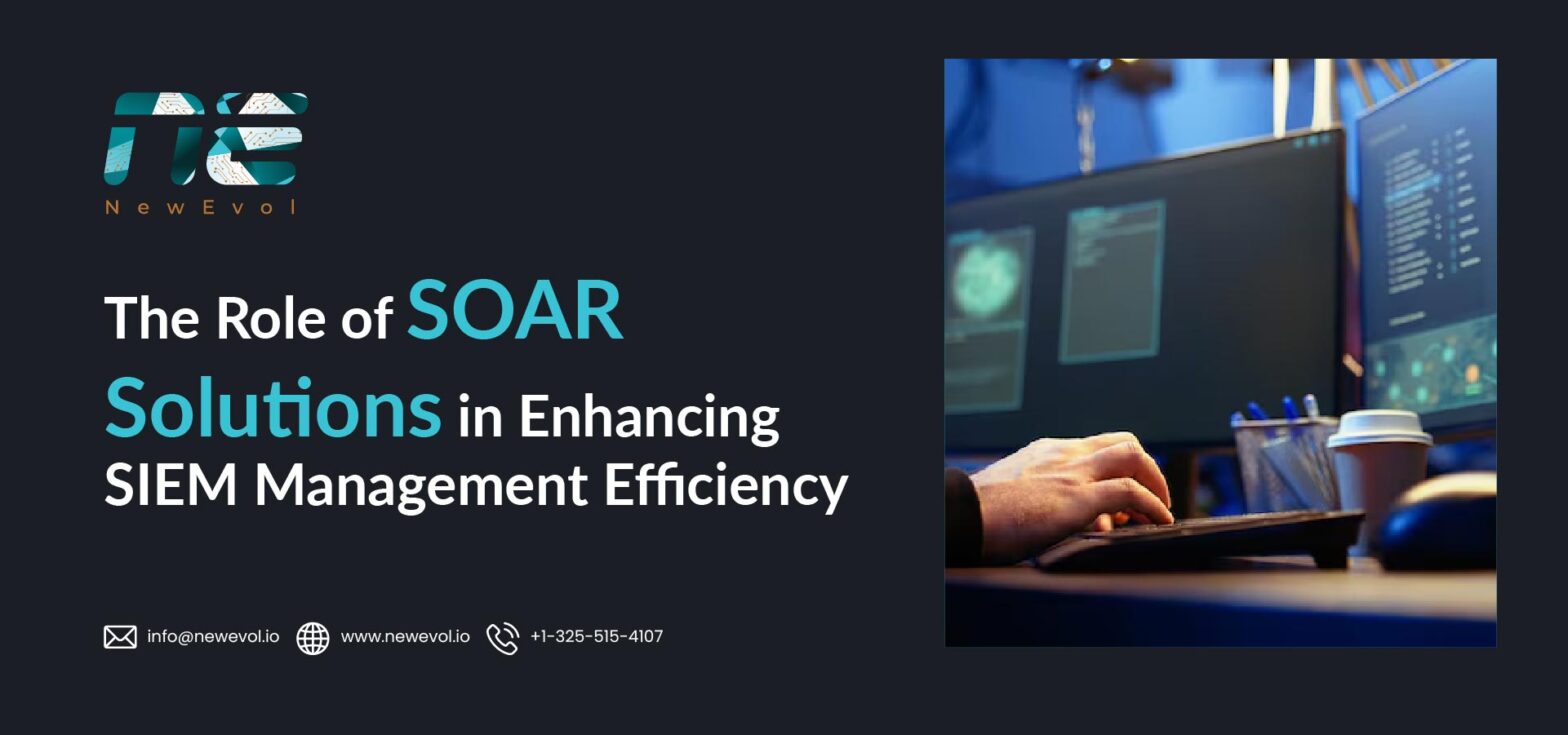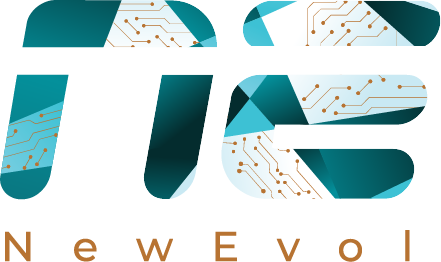The Role of SOAR Solutions in Enhancing SIEM Management Efficiency

Managing a Security Information and Event Management (SIEM) system can feel overwhelming. Alerts keep pouring in, false positives eat up valuable time, and security teams often struggle to keep pace with real threats. That’s where SOAR (Security Orchestration, Automation, and Response) comes in. By automating repetitive tasks, streamlining workflows, and connecting different tools together, SOAR helps security teams get the most out of their SIEM. The result? Faster investigations, fewer missed threats, and more time for analysts to focus on what really matters.
The Current SIEM Challenge
SIEM platforms are essential for modern security, but they also come with challenges that many U.S. organizations face daily. While SIEMs provide visibility, they often overwhelm teams with too much data and too many alerts. This makes it harder to separate real threats from background noise.
Some of the biggest challenges include:
- Alert Overload – Analysts are flooded with thousands of alerts, many of which are false positives.
- Slow Investigations – Manually correlating data across multiple tools eats up valuable time.
- High Costs – Scaling and maintaining SIEM platforms demands constant investment in infrastructure and skilled staff.
- SOC Burnout – Continuous noise and pressure lead to analyst fatigue and higher turnover.
- Missed Threats – With limited time, genuine risks sometimes slip through undetected.
These hurdles make it clear why relying on SIEM alone is no longer enough. Organizations need a way to make SIEM management faster, smarter, and more efficient.
Enter SOAR: More Than Just Automation
This is where SOAR (Security Orchestration, Automation, and Response) comes in. Many people think of SOAR as just “automation,” but it’s much more than that. SOAR works hand-in-hand with SIEM to reduce the noise, speed up investigations, and improve overall SOC efficiency.
Here’s how SOAR goes beyond basic automation:
- Smart Prioritization – SOAR filters and prioritizes alerts, so analysts can focus on what truly matters.
- Integrated Workflows – It connects multiple security tools, allowing teams to respond without constantly switching platforms.
- Faster Incident Response – Automated playbooks handle routine tasks in seconds, not hours.
- Consistent Actions – SOAR ensures every incident is handled in a standardized, repeatable way, reducing human error.
- Scalable Operations – As the number of alerts grows, SOAR makes sure your SOC can keep up without needing to hire an army of analysts.
In short, SOAR doesn’t replace SIEM—it makes it smarter, leaner, and more effective.
How SOAR Enhances SIEM Efficiency
SIEM is great at collecting and analyzing data, but it often struggles when the number of alerts gets too high. That’s where SOAR makes the difference—it takes what SIEM finds and helps security teams act on it quickly and effectively.
Here are some ways SOAR boosts SIEM efficiency:
1. Automated Alert Triage
Instead of analysts manually sorting through hundreds of alerts, SOAR automatically filters, enriches, and prioritizes them. This means false positives get weeded out quickly, and only the most relevant alerts demand attention.
2. Contextual Insights
SOAR doesn’t just show what the SIEM detects—it adds context. By pulling data from multiple sources like threat intelligence feeds, endpoint security, and cloud tools, it gives analysts the full story behind an alert. This saves time and reduces guesswork.
3. Orchestrated Response
When SIEM detects something, SOAR ensures the response is smooth. It can automatically talk to firewalls, EDRs, ticketing systems, and other tools, so the action (like blocking an IP or isolating a device) happens without delay.
4. Playbooks for Common Threats
Instead of creating new processes every time, SOAR allows teams to use ready-made or customized playbooks. These are step-by-step response guides that ensure consistent, fast, and reliable action against common threats.
5. Reduced Analyst Burnout
One of the biggest problems in SOCs is analyst fatigue. SOAR takes repetitive, manual tasks off their plate, freeing them to focus on deeper investigations and advanced threats that truly need human expertise.
Common Pitfalls to Avoid
While SOAR can greatly improve SIEM efficiency, many organizations stumble during implementation. Here are some common pitfalls to watch out for:
- Automating Without a Strategy – Jumping straight into automation without clear goals can lead to confusion or broken processes.
- Over-Reliance on Playbooks – Playbooks are powerful, but not every threat fits a predefined script. Human oversight is still necessary.
- Ignoring Change Management – Analysts need training and buy-in to fully adopt SOAR. Skipping this step can slow down adoption.
- Lack of Integration Planning – SOAR only works well if it’s properly connected with SIEM and other tools like EDR, firewalls, and ticketing systems.
- Underestimating Data Quality Issues – If SIEM data is noisy or incomplete, SOAR workflows won’t deliver accurate results.
Implementation Best Practices
To get the most out of SIEM + SOAR, U.S. enterprises should focus on these best practices:
- Start Small, Scale Gradually – Begin with a few high-impact use cases (like phishing response or malware containment) before expanding automation across the SOC.
- Map Playbooks to Business Needs – Align automation workflows with actual risks and compliance requirements, not just generic scenarios.
- Keep Human-in-the-Loop – Use automation to handle repetitive tasks, but keep analysts involved for judgment calls and complex threats.
- Invest in Integration – Ensure SOAR connects smoothly with your SIEM, EDR, firewalls, ticketing, and cloud platforms.
- Train and Upskill Analysts – Equip SOC teams with the knowledge to build, tune, and manage automation workflows effectively.
- Review and Optimize Regularly – Monitor outcomes, refine playbooks, and adjust as threats and business needs evolve.
Why NewEvol for SIEM + SOAR
U.S. enterprises need more than just technology—they need a partner who understands the unique compliance, security, and operational demands of the market. That’s where NewEvol stands out.
- Unified Platform – NewEvol combines SIEM and SOAR on a single platform, reducing complexity and delivering real-time visibility with automated response.
- Faster Time-to-Value – Pre-built playbooks and seamless integrations speed up deployment and reduce the burden on SOC teams.
- Compliance-Ready – Tailored support for U.S. regulations like HIPAA, PCI DSS, and SOX ensures security and compliance go hand in hand.
- Scalable for All Sizes – Whether you’re a mid-sized enterprise or a large financial institution, NewEvol’s flexible architecture scales to your needs.
- Local Expertise, Global Reach – With an understanding of U.S. cyber challenges and access to global threat intelligence, NewEvol equips SOCs with smarter, context-aware defenses.
- Cost Efficiency – By reducing alert fatigue and manual workloads, NewEvol helps enterprises optimize their SOC budget while boosting efficiency.
End Note
SIEM alone is no longer enough for U.S. enterprises dealing with rising cyber threats and strict compliance demands. Adding SOAR brings the missing piece—automation, faster response, and smarter SOC operations. With the right implementation, organizations can move from reactive security to proactive defense.
NewEvol’s SIEM + SOAR platform is built to deliver exactly that—speed, efficiency, and compliance readiness. For U.S. enterprises looking to strengthen their SOC without inflating costs, NewEvol is the practical choice.
FAQs
1. What is the role of SIEM and SOAR?
SIEM collects and analyzes security data, while SOAR automates responses and workflows, making SOC operations faster and more efficient.
2. What is the benefit to an organization of using SOAR as part of the SIEM system?
It reduces manual work, cuts response times, and helps analysts focus on high-priority threats.
3. What is the purpose of a SOAR monitoring solution?
SOAR ensures consistent, automated, and timely responses to alerts, improving overall incident management.
4. What are the main benefits of implementing a SOAR solution in an organization?
Key benefits include faster response, reduced alert fatigue, improved SOC efficiency, and stronger overall security posture.

